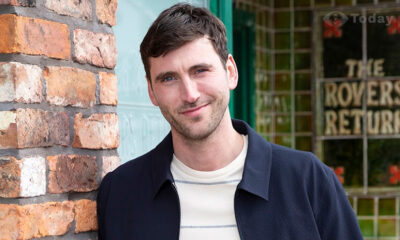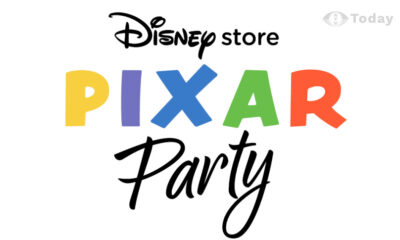Australian Television Turns 60
Quite a few people Down Under will be cracking open a tinnie and throwing a shrimp or two on the barbie on the 16th September, for that day will mark Australian televisions 60th anniversary.
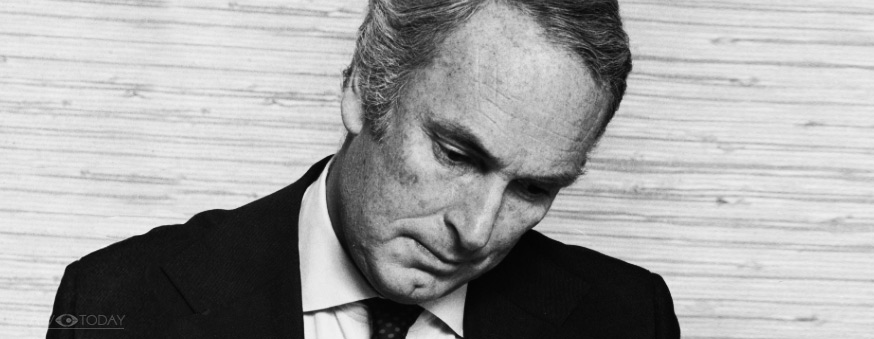
Television officially launched in Australia with the opening of TCN9 in Sydney in 1956, when Bruce Gyngell uttered the immortal words, “Good evening ladies and gentlemen, welcome to television.” Bruce of course had a sparkling career in his homeland, and here in the UK he spent time as the Managing Director of both ATV and TV-am, as well as being the Chief Executive of Yorkshire – Tyne Tees Television.
Given that Australia is such a vast continent, other capital cities had to wait their turn for the arrival of the new medium. Viewers in Melbourne saw television arrive later in 1956 in time for the Melbourne Olympics. In 1959 television was introduced in Queensland, South Australia and Western Australia. In 1960 those living in Tasmania got their first look at the small screen, the following year stations started to be rolled out in regional areas which were outside of the capital cities, and in 1962 the Australian Capital Territory had its transmitters switched on. The poor folk in the Northern Territory had to wait until 1971 before television officially launched in their part of the continent.
Perhaps to put all of this into some sort of perspective its worth reverting to the present by mentioning that, today the WIN Television Network covers the largest geographical transmission area of any regional broadcaster anywhere in the world. WIN’s reach spans six states plus the nation’s capital, and entertains 6 million people across 23 individual markets. It is little wonder that it took so long to bring television to every isolated outpost of the nation.
It is a pity that Australia took so long to introduce television; the nation had once been at the forefront of this new technology. Although John Logie Baird’s system was the first public demonstration of the medium, his work was based on the principles of the Telephane developed by Henry Sutton in Ballarat, Victoria in 1885. In 1929 radio stations in Melbourne carried out some experimental test transmissions using the Radiovision System, similar experimental broadcasts later occurred in Brisbane. Unfortunately the financial implications of developing television further resulted in Australia being left behind and both the UK and the USA forged ahead.
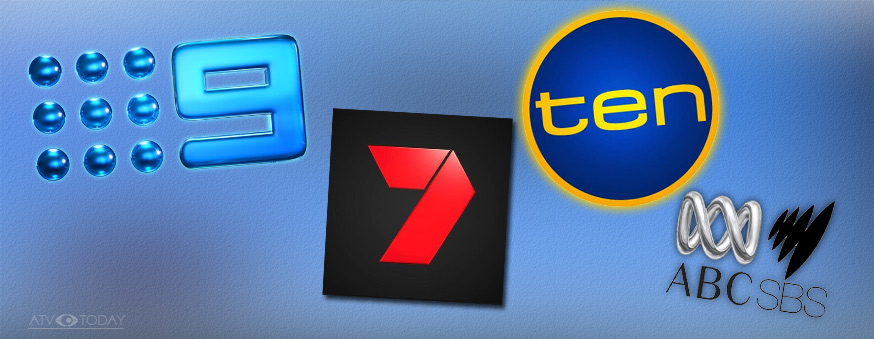
That said BBC Television employed Australian talent both behind and in front of the camera from its earliest days, and also showcased Australian stories. Short films from Australia were regularly transmitted by the BBC, starting with Australia – Harvest in 1936. In 1937, as part of the Artists and Their Work series, the BBC produced John Graham Convict in which Robert Gibbings told the story of a convict during the early days of the colony, illustrated by his own wood engravings.
The BBC produced several plays which were set in Australia, including some which were written specifically for television by Henry Colbert James including The Bunyip in 1947 starring Joy Nichols, and Crock of Gold (1948) which was set in the outback and starred Reg Varney. In 1953 the Children’s Television Department produced a series called Seven Little Australians, based on the best-selling books by Ethel S. Turner, and in 1954 adult viewers enjoyed a live adaptation of the Australian play Stand Still Time by Dymphna Cusack.
For Empire Day 1954, viewers were treated to a screening of John Heyer’s Australian documentary, The Back of Beyond, which followed an outback postman as he made his deliveries along the notorious Birdsville Track. The BBC would continue to tell Australian stories over the decades including Day of the Drongo (1964) which was directed by my late friend Eric Tayler, and of course commercial television would do the same with drama series such as The Flying Doctor (1959) which came to life in no small part due to the success of the BBC Radio series of the same name.
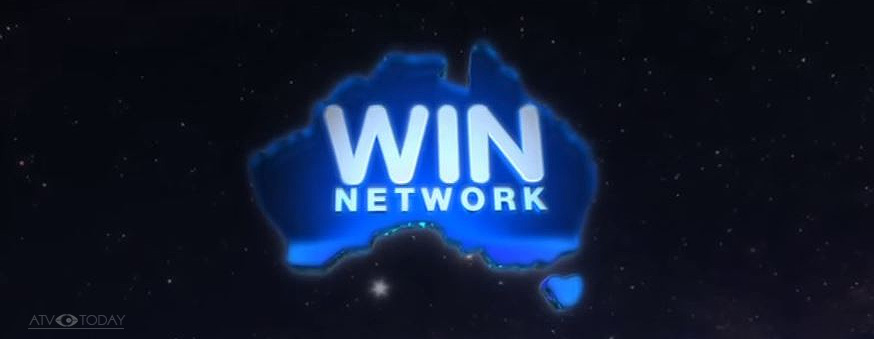
Once the Australian Broadcasting Commission (now Corporation) had launched the BBC began taking product from the fledgling public service broadcaster. One early acquisition was Woman’s World in 1958, a programme specially telerecorded for showing in Britain about the life of women on the other side of the globe.
In terms of television drama, Hector Crawford did manage to sell some episodes of his gritty police series Homicide to ITV in the 1960s, but further sales were hindered by the fact that British television started to go into colour in 1967. Australia did not make the transition until 1975, but forward thinking producers such as John McCallum began recording programmes on colour film specifically for overseas audiences. Skippy: The Bush Kangaroo, and Boney which followed the adventures of a half-caste Aboriginal detective in the outback both proved hugely successful in the UK as a result.
Over the years British audiences have lapped up Australian television shows. Children’s series such as Woobinda Animal Doctor, Solo One, The Henderson Kids and Secret Valley have entertained generations of youngsters. We have laughed at All Together Now, Newlyweds and have enjoyed the exploits of fair dinkum Aussie coppers such as Bluey, Ryan and more recently the Blue Heelers. Mini-series and series such as Against The Wind, Power Without Glory, Young Ramsay, The Outsiders, Return to Eden, Case for the Defence, Chopper Squad and Rafferty’s Rules have pulled in the ratings, as have Love Child, Wentworth Prison, The Doctor Blake Mysteries, and A Place to Call Home more recently. Despite all of this success, it is without doubt the Australian ‘soap opera’ which has enthralled British viewers the most.
The first Aussie ‘soap’ to sell to the UK was the rural drama Bellbird, which was picked up by some of the ITV regions in 1972. The programme proved popular and would have continued here for much longer if Australian Actors Equity had not objected about the level of residuals being paid to the cast – this objection was despite the fact that the cast were quite happy with what they were being paid, and the fact that they were thrilled that their work was being given international exposure in the Mother Country.

The real Australian ‘soap opera’ invasion began at 3.50pm on Tuesday 18th October 1977 when The Sullivans launched across the ITV network. We were soon enjoying the exploits of The Young Doctors, Prisoner: Cell Block H, A Country Practice, Sons & Daughters, Skyways, The Flying Doctors, Carson’s Law, Richmond Hill, E Street, Paradise Beach, Pacific Drive, Heartbreak High, Echo Point and many others.
To this day both Neighbours and Home & Away continue to perform well for Channel 5. British networks even attempted to emulate the success of the Aussie ‘soap,’ the BBC and Southern Star produced Out of the Blue in Sydney, and Granada tried their hand at Families for the ITV Network which followed the lives of one family in England and another in Australia. Although both serials were admirable, in my book, nobody will ever be able to equal the output of the Grundy Organization and Crawford Productions. Reg Grundy and Hector Crawford had the right team of people and were the masters of the art form.
British television viewers have a lot to thank Australian producers and networks for, we have been given pleasure by countless programmes over the years, far too many to mention here sadly and I hope that this situation continues for the next sixty years.
If you feel like a trip down memory lane to relive some golden televisual moments you will find a wealth of classic Crawford Productions on DVD, these are available in the UK exclusively from Eaton Films. You’ll also find some of the shows produced by a few of the other production houses on Amazon, and the first 792 episodes of A Country Practice from JNP Productions have so far been released on DVD by Beyond Home Entertainment.
If you find yourself in Australia in the near future there are two exhibitions relating to the history of television Down Under which might interest you. The University of Melbourne are running their Tee Vee at Sixty exhibition until 30 January 2017, and the Museum of Perth have got Channel 9 Perth 1965 to Now which runs until the 1 October 2016.
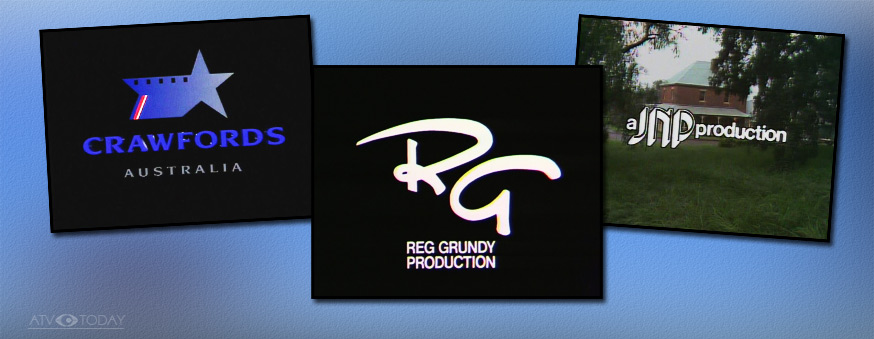
Pictured Top: the late Bruce Gyngell during his time at ATV Network in the UK. Next: A montage of Australian Television identities; Channel 9 logo. Copyright Nine Network, Channel 7 logo. Copyright Seven Network, Channel 10 logo. Copyright Ten Network, ABC & SBS logo’s. Copyright ABC Television/SBS TV. Next: WIN TV logo. Copyright WIN Corporation. Next: The Sullivans, Copyright Crawford Productions/Eaton Films. Pictured Bottom: Montage of Australian Television production companies; Crawford Productions logo. Copyright Crawford Productions/Eaton Films/WIN Corporation, Grundy Productions logo. Copyright Grundy Organization/FremantleMedia, JNP Productions logo. Copyright JNP Productions/Beyond Home Entertainment.


